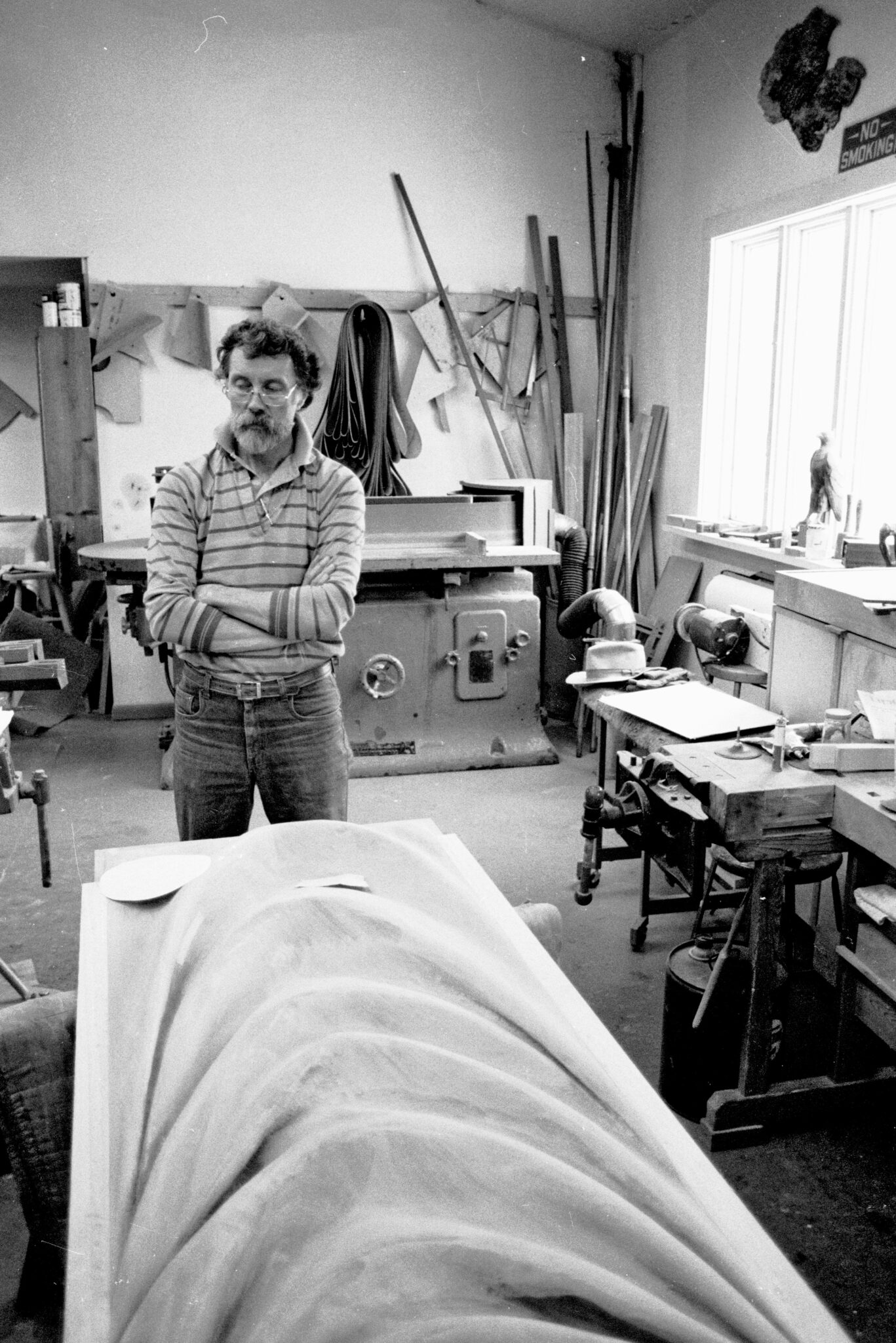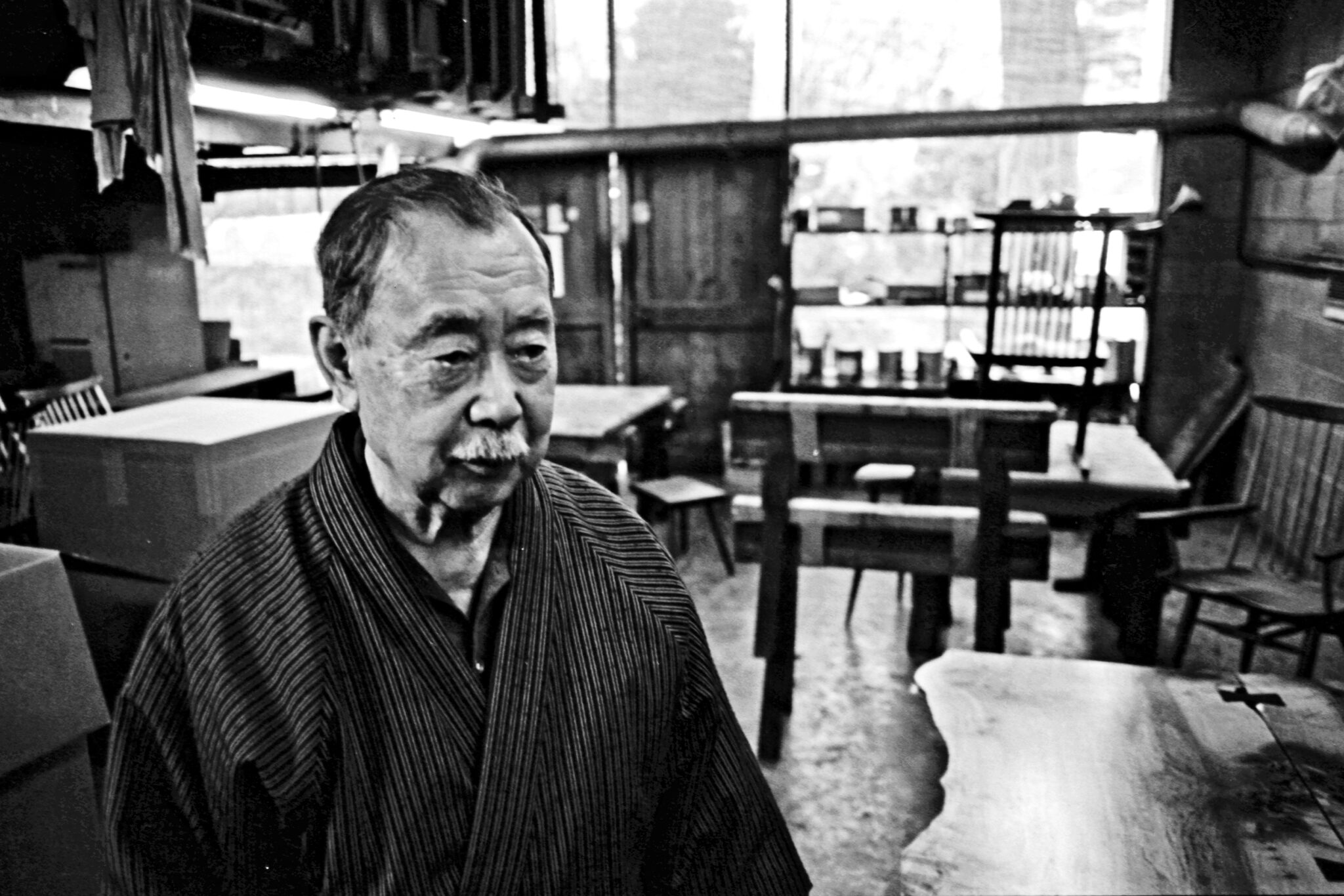The Human Form In-Grained: Portraiture in the Museum’s Permanent Collection
CURATORS: KAREN SCHOENEWALDT AND JENNIFER-NAVVA MILLIKEN
NOVEMBER 5, 2021 – APRIL 24, 2022

One of the earliest sources of inspiration throughout the history of art, the portrait—a depiction of a particular person or being—continues to serve as a focus for artists, including those who work in wood.
Carved wooden portraiture is found throughout the world, from ancient civilizations to the present. The vast diversity of wood types offers a palette that complements the spectrum of human skin tones. Additionally, the physicality of wood—its suppleness, its malleability, its texture, and its constructability—lends itself to durable likenesses that often outlive their subjects.
Some artists translate figural portraits into abstracted sculptural form, while others depict the subject’s character attributes. In the Extra-Human exhibition, we see a bust of a human figure carved by an anonymous artist, who was moved to capture distinctive facial features or, perhaps, a contemplative expression. In these selections from the Center’s permanent collection, some artists cast their friends in mythological roles (Susan Hagen’s Charon, the Boatman, 1996) or offer their own interpretations of an individual’s personal history (Betty Scarpino’s She Sails, 2016).
Other works may not immediately be identified with portraiture but take inspiration from the body in formal or metaphorical ways: Stoney Lamar’s Torso Reclining, 1987, depicts a specific fragment and posture of the body, and Michelle Holzapfel’s Self-Portrait, 1987, merges the artist’s identity as maker and creator with the material itself.
Portraiture also serves as a form of documentation. A selection of photographic portraits from the curator and craft historian Paul J. Smith’s series, taken over a thirty-year period, sensitively captures makers in their workspaces, providing an additional layer of identity to their photographed images. Whether representational, embellished, or abstract, the portrait continues to be one of the most important and enduring focuses of art.















